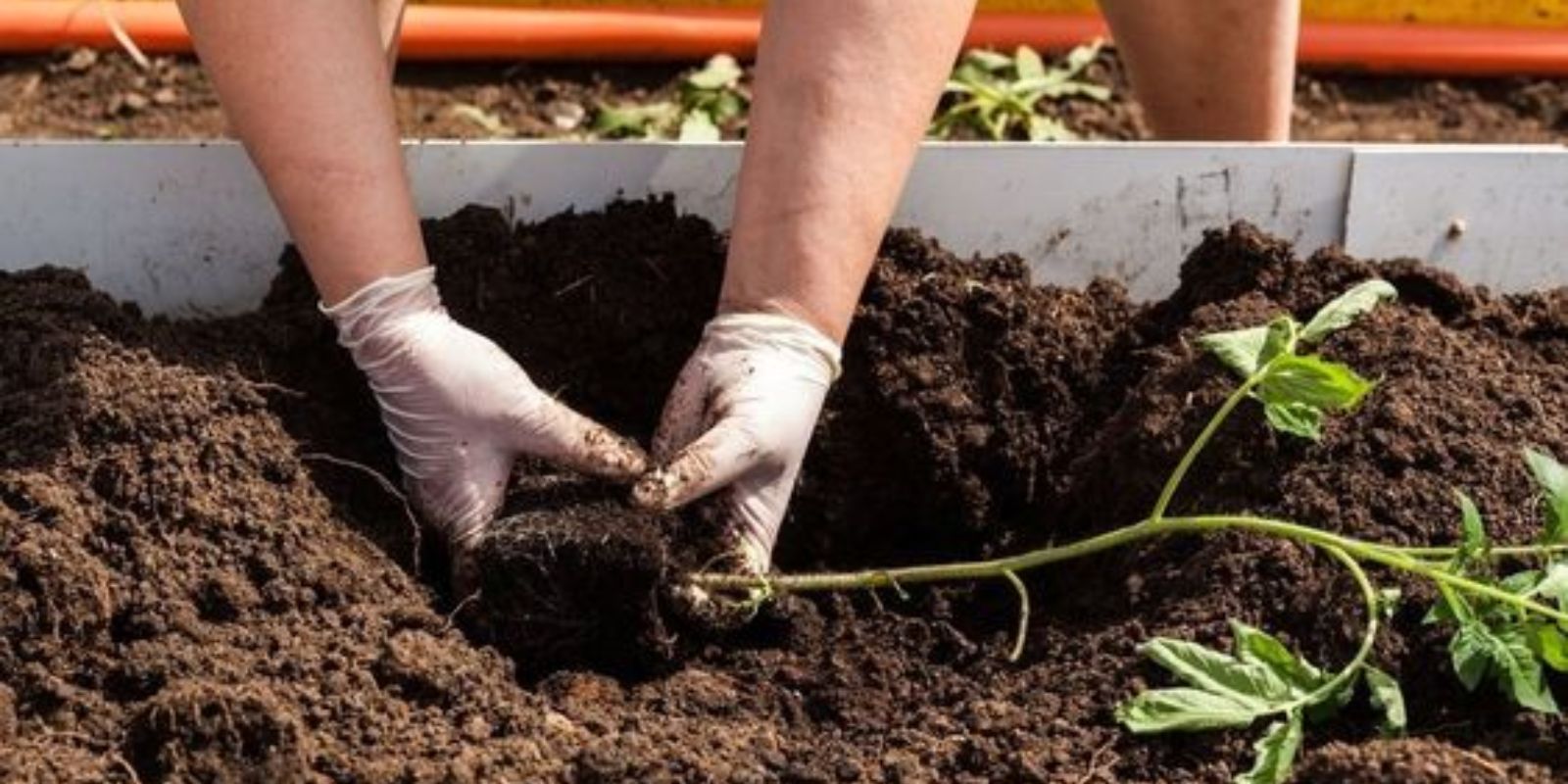Gardening is both an art and a science, and one of the most crucial aspects of successful vegetable gardening is knowing when to plant. Planting at the right time can greatly influence the health of your plants and the yield of your harvest. In this comprehensive guide, we’ll explore when to plant different types of vegetables and why timing is so important.
Understanding Planting Times
Timing your planting correctly ensures that your vegetables have the best chance to grow, thrive, and produce a bountiful harvest. Each vegetable has specific requirements for temperature, sunlight, and soil conditions, and understanding these needs is key to successful gardening.
1. Know Your Last Frost Date
The last frost date is a critical factor in determining when to plant. This date signifies when the risk of frost has passed, and it is safe to plant tender crops outside.
- How to Find Your Last Frost Date: Check local gardening resources, agricultural extensions, or use online frost date calculators based on your zip code.
- Planting Before the Last Frost: For some vegetables, you can start them indoors or use cold frames to extend the growing season.
2. Understand Vegetable Seasons
Vegetables fall into two primary categories based on their seasonal requirements:
- Cool-Season Vegetables: These plants thrive in cooler temperatures and can often be planted earlier in the spring or in the fall. Examples include spinach, kale, and peas.
- Warm-Season Vegetables: These require warmer temperatures and should be planted after the danger of frost has passed. Examples include tomatoes, peppers, and cucumbers.
Cool-Season Vegetables
- When to Plant: Typically, cool-season vegetables can be planted 2-4 weeks before the last frost date or in early fall for a second harvest.
- Why Timing Matters: Planting cool-season vegetables early allows them to mature in cooler weather, which they prefer.
Warm-Season Vegetables
- When to Plant: Plant these vegetables after the last frost date when soil temperatures have warmed up to around 60-70°F (15-21°C).
- Why Timing Matters: Warm-season vegetables require consistent warmth for optimal growth and fruit development.
3. Check Soil Temperature
Soil temperature plays a significant role in seed germination and plant growth.
- Using a Soil Thermometer: Insert a soil thermometer into the soil to measure the temperature. This helps ensure you plant at the right time for successful germination.
- Ideal Temperatures: Cool-season crops often germinate in soil temperatures around 40-60°F (4-15°C), while warm-season crops need soil temperatures of 60-70°F (15-21°C) or higher.
4. Follow Planting Schedules
Every vegetable has an ideal planting schedule that considers both the climate and the plant’s growth cycle.
- Seed Packets: Check seed packets for specific planting instructions. They usually provide guidance on when to sow seeds indoors, when to transplant seedlings, and when to direct sow into the garden.
- Local Planting Guides: Consult local gardening guides or extension services for regional planting schedules tailored to your area’s climate.
5. Monitor Weather Conditions
Weather conditions can fluctuate, affecting planting schedules and plant health.
- Adjusting Planting Dates: Be prepared to adjust your planting dates based on unexpected weather changes. If a late frost is predicted, protect your young plants with covers or delay planting.
- Seasonal Trends: Pay attention to seasonal trends in temperature and rainfall, which can impact soil moisture and plant growth.
Additional Tips for Successful Vegetable Planting
1. Start Seeds Indoors
For a head start, consider starting seeds indoors for warm-season vegetables. This allows plants to grow stronger before being transplanted outside.
- Timing: Start seeds 6-8 weeks before the last expected frost date.
- Transplanting: Harden off seedlings by gradually exposing them to outdoor conditions before planting them in the garden.
2. Use Raised Beds and Containers
Raised beds and containers can help extend the growing season by warming up faster in the spring and allowing for better drainage.
- Benefits: Raised beds and containers can offer earlier planting and better control over soil conditions.
3. Plan for Succession Planting
To maximize yields, practice succession planting by sowing new crops as soon as previous ones are harvested.
- Timing: Plan successive plantings of quick-growing crops like radishes or lettuce to ensure a continuous harvest.
Troubleshooting Common Issues
1. Late Frosts
A late frost can damage tender seedlings. Protect plants with row covers or cloches if frost is forecasted.
2. Pest and Disease Problems
Monitor plants for pests and diseases, especially after planting. Implement preventative measures and treatments as needed.
3. Soil Moisture
Ensure consistent soil moisture, especially during critical growth periods. Mulching can help retain soil moisture and reduce temperature fluctuations.
Conclusion
Knowing when to plant vegetables is essential for a successful garden. By understanding your local frost dates, recognizing the needs of cool and warm-season vegetables, monitoring soil temperatures, and following planting schedules, you can set yourself up for a productive growing season.
Timing is everything in gardening, and with careful planning and attention to detail, you can ensure your vegetables receive the best start possible. Embrace these guidelines and enjoy the satisfaction of a thriving garden filled with fresh, homegrown produce. 🌿🌽
Get started on your planting schedule today, and watch your garden flourish with timely and well-planned vegetable planting!

